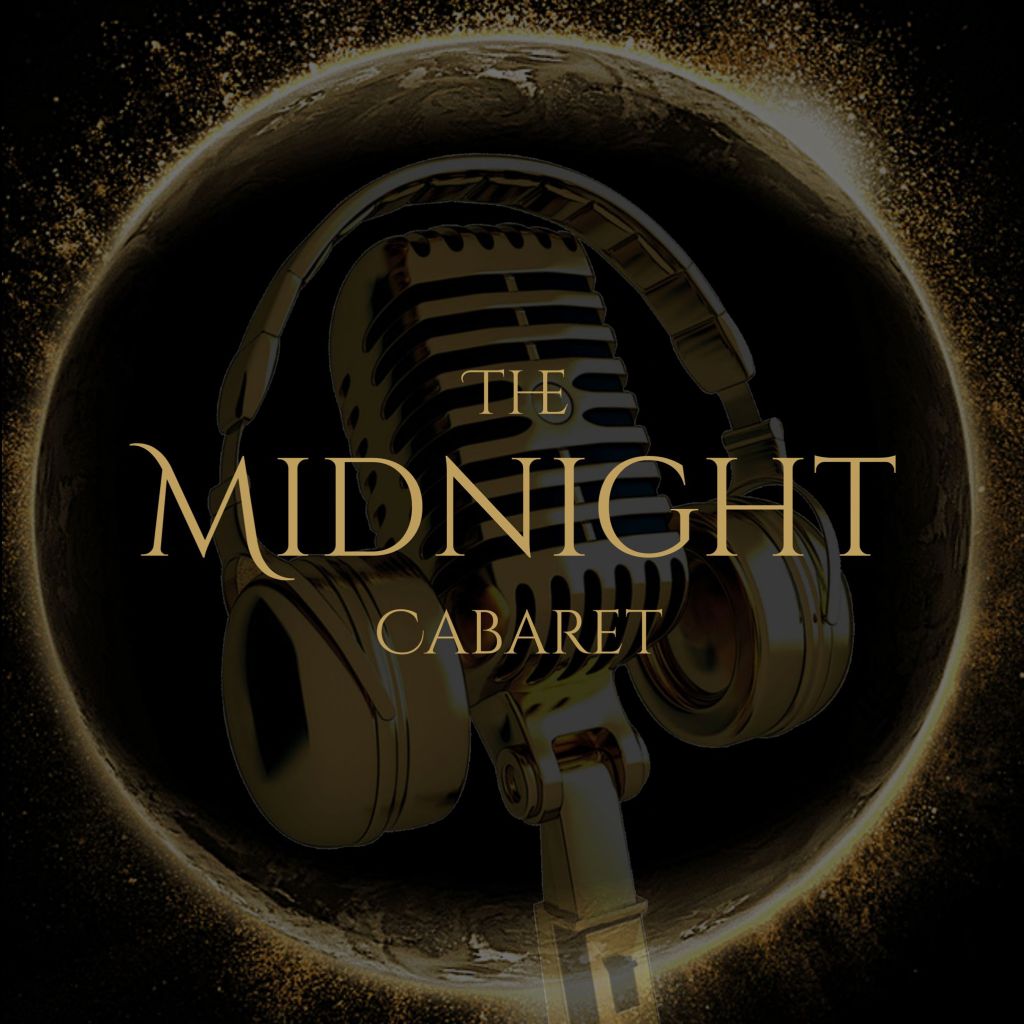[ad_1]

The case for the Scouring of the Shire
One universally acknowledged truth is that if you watch Peter Jackson’s Lord of the Rings trilogy with a fan of the books, they’re going to tell you about the things in the books that didn’t make it into the movies, even in the Extended Editions. Tom Bombadil will come up, or Glorfindel, or Quickbeam (not Ghân-buri-Ghân, thank goodness). Finally, just as you round the bend on nine-plus hours of films, the book-lover will mention the Scouring of the Shire.

2021 marks The Lord of the Rings movies’ 20th anniversary, and we couldn’t imagine exploring the trilogy in just one story. So each Wednesday throughout the year, we’ll go there and back again, examining how and why the films have endured as modern classics. This is Polygon’s Year of the Ring.
Filling two entire chapters of The Return of the King, the Scouring of the Shire is one of the largest omissions Philippa Boyens, Peter Jackson, and Fran Walsh made from J.R.R. Tolkien’s work to their screenplays. And while fans will argue Tom Bombadil should be included because he’s fun, even if he doesn’t really have an impact on the story, the Scouring of the Shire is the opposite.
Nobody likes the Scouring of the Shire. It’s anticlimactic. It’s depressing. It complicates the themes of The Lord of the Rings, interrupting the flow of the happy homecoming we feel our heroes deserve. It’s essentially another adventure into itself, a repetition in micro of the last several hundred pages we spent reading.
And speaking from experience, when you advocate for its inclusion to a movie viewer, you sound like you have fully lost your mind. The Return of the King already has four or five different endings, why on Middle-earth would you want another one? And it’s true that it would take an enormous restructuring of Jackson’s Return of the King — and probably The Two Towers as well — to fit the Scouring into the film trilogy.
The Lord of the Rings movies still work, without the Scouring. They still captivate audiences, spreading Tolkien’s legacy farther than it ever could have gone from the books alone. And without the Scouring, the movies are fundamentally not the same story as The Lord of the Rings novel.
OK, OK, what is the Scouring of the Shire?
In Tolkien’s Return of the King, Frodo, Sam, Merry, and Pippin arrive back in the Shire to find their home and its people have been conquered, oppressed, and in some cases literally enslaved by Saruman, his lackey Wormtongue, and a small group of local humans.
The idyllic countryside of the hobbits has been marred by exploitation; the old watermill replaced with a coal-powered one belching smoke, hobbit holes destroyed so that quarries and ugly new houses could be built, fields flattened to park carts in, elder trees wantonly hacked down to their stumps — including, most devastatingly, the “party tree” that featured as the meeting site for Bilbo’s birthday in the series’ opening chapter. Cosy Bag End was taken as Saruman’s headquarters; the garden ransacked, the door marred, the rooms stinking and in disarray.
Saruman, who was stripped of his magic at Isengard but not killed, has arrived home ahead of them and wormed his way into power with political skill, corrupting what hobbits he was able to and imprisoning others. Within a day of the four’s arrival, Merry and Pippin’s new martial experience is all it takes to rouse the Shirefolk against their oppressors, resulting in the Battle of Bywater, in which hobbits kill and die to deliver their home.
/cdn.vox-cdn.com/uploads/chorus_asset/file/23121226/Saruman_on_the_Road.jpg)
Image: New Line Cinema
Frodo tries to spare Saruman’s life and orders him to exile, only for Wormtongue to finally snap under the wizard’s abuse, cut his master’s throat, and be executed by several hobbit arrows before anyone can give an order not to fire. The final ugly confrontation happens as they stand at the very door of Bag End. The Shire recovers, rebuilds, and becomes a happy place again, but it is forever changed. And a few years later, Frodo resolves that it is too painful for him to stay. So he takes a ship west from the Grey Havens.
Readers and scholars have struggled to pin specific meaning to this odd denouement since The Return of the King was published. The Scouring has been called an anti-socialist statement, an anti-fascist statement, and a satire of the bureaucracy of post-World War II England. But Tolkien, as with most attempts to say that The Lord of the Rings is “about” any specific historical moment, loudly resisted such characterizations.
“It has been supposed by some that ‘The Scouring of the Shire’ reflects the situation in England at the time when I was finishing my tale [roughly 1949-1955],” he wrote in his foreword to the second edition of The Lord of the Rings. “It does not. It is an essential part of the plot, foreseen from the outset [circa 1936], though in the event modified by the character of Saruman as developed in the story without, need I say, any allegorical significance or contemporary political reference whatsoever.”
The author’s sole concession to critical interpretation was that, as with the rest of the The Lord of the Rings, aspects of the Scouring were inspired by his own pain at watching urbanization encroach on the English countryside of his boyhood.
But what does the Scouring mean?
With respect to Professor Tolkien, I won’t argue that the Scouring is important because of what it says about history, but rather what it says about his hero-hobbits.
One of the most celebrated passages in The Lord of the Rings is Sam’s speech about how stories don’t end. The Scouring wraps Hobbiton and even Bag End itself up in the long tail of history; Wormtongue was the lackey of Saruman, who was the lackey of Sauron, who was the lackey of Morgoth, the first Dark Lord born at the dawn of time.
Merry and Pippin’s experiences make them the most martially qualified leaders on hand, and they proactively spearhead the armed resistance to Saruman. But the Scouring is also some of the most humanistic war-writing Tolkien produced for The Lord of the Rings — here there are hardly any “fighters” who our heroes don’t know by name. There isn’t a drop of magic involved. The author carefully enumerates the casualties of the first armed conflict in the Shire in 300 years: 30 hobbits wounded and a dozen men captured, 19 hobbits and 70 men dead.
/cdn.vox-cdn.com/uploads/chorus_asset/file/23121253/4k_fellowship_movie_screencaps.com_25664.jpg)
Image: New Line Cinema
Our heroes can’t return home, because even their home has been irreversibly marred by the conflict they prevailed against — more than any other effect on The Lord of the Rings, the Scouring of the Shire absolutely destroys Frodo. Frodo’s story in Tolkien’s The Return of the King is of a character who wants some control over his destiny, and fails to find it over and over.
After struggling for so long with the burden of carrying the Ring, he ultimately fails, claiming its power for his own and forcing Gollum to wrest it from him. On the journey through Mordor, Frodo speaks of how he wishes to never carry a weapon or strike a blow again, gifting his uncle’s sword Sting to Sam. Then, in the ceremony for his honor as the heroic Ringbearer — for something he achieved, in the end, by accident — Gandalf and Sam, of all people, convince him he must wear Sting for “tonight at least.”
From the moment they realize something is very wrong in the Shire, Frodo insists that the hobbits’ liberation be accomplished without bloodshed, on any side, including absolution for Saruman, Wormtongue, their human forces, and all hobbits who colluded with them. It’s a radical mercy that mirrors Frodo’s choice to spare Gollum, one of the only completely free and unadvised (some might say selfish!) decisions he makes in the story, and ultimately the choice that led to the destruction of the Ring when his will failed.
Frodo’s post-Ring pacifism could be interpreted as a simple fatigue of war, but that feels off. Frodo was not present for any of the book’s actual battles, he did not befriend any of its tragically fallen heroes, or see firsthand the suffering in the story’s great sieges. His arc was not about fighting.
What fits more closely is that Frodo is looking for absolution and agency. He’s looking for something that he does to matter, and it never does. He couldn’t destroy the Ring, he couldn’t keep his oath to never wear a weapon, he couldn’t protect the Shire, he can’t free it without bloodshed, and he can’t even successfully show Saruman and Wormtongue the mercy he wishes for himself.
Has Peter Jackson said why they omitted the Scouring of the Shire?
/cdn.vox-cdn.com/uploads/chorus_asset/file/13358191/Screen_Shot_2018_10_30_at_11.22.21_AM__2_.png)
Image: Universal Pictures
The special features of the Extended Edition of Peter Jackson’s The Return of the King devotes a small section just to the Scouring of the Shire. The production did film scenes of hobbits battling orcs and being clapped in chains — but to create an homage to the Scouring in a Fellowship of the Ring scene in which Frodo looks into the Mirror of Galadriel, not to play out the whole sequence.
“The reason to lose the Scouring to me was very straightforward,” Jackson says in a filmed interview for the Extended Edition, “it was one of those no-brainers.
“At the very beginning of this process, we’d identified the spine of our movies — Frodo taking the ring to Mordor — which means that the climax of our movies is Frodo destroying the Ring. We obviously have a denouement; in fact the denouement of The Return of the King is long and extensive, it’s 20 minutes, which is 20 minutes that we wanted to spend covering the damage to Frodo as a result of this journey that he’s had.”
In the film version, Frodo, Sam, Merry, and Pippin arrive home to a Shire so untouched by war that they don’t even bother explaining themselves. The War of the Ring is a secret adventure they share, in knowing looks over their half-pints at the Green Dragon, while everyone else goes wide-eyed at an especially large pumpkin. Sam gets married. Frodo monologues a bit about how hard it’s been to pick up his old life. In the very next scene, he’s in a cart with Bilbo going off to the Grey Havens.
“To get to that point and then to deviate into a completely different event and storyline,” Jackson says in a DVD special features interview, “to me felt — anticlimactic, I guess, is how I would describe it.”
In the movie, Frodo’s victory is simple and obvious: The world was saved and the Shire remains an Eden that has never truly known evil. His newfound isolation is restrictively specific; his inability to reenter hobbit society is internal to his person, and was caused by events external to the Shire. The juxtaposition of the experienced hobbit heroes with the ruddy-faced farm-people cooing over a big gourd makes Frodo’s isolation more of an “ignorance is bliss” problem.
If Hobbiton is an Eden, Frodo has eaten of the tree. His experience has made him too dark, too complex in thought to masquerade as a happy, simple hobbit anymore — and so he throws up his hands and leaves his entire society behind. If you squint, it’s the same decision he makes in the book, in the same way an abstract painting of vertical bars can resemble a photograph of a forest.
The Lord of the Rings is anything but simple
/cdn.vox-cdn.com/uploads/chorus_asset/file/22832721/4k_returnofking_movie_screencaps.com_31229.jpg)
Image: New Line Cinema
We think of fantasy as a genre of basic archetypes and storyforms. The hero is born with a destiny, defeats a great and inhuman evil to restore or improve a status quo (maybe finding love along the way), and is rewarded with power, praise, and societal acceptance. We think of The Lord of the Rings as the foundational text of that genre. And the saga does have such a story: The rise of Aragorn II, High King of the Reunited Kingdom.
But no one would claim that Aragon was Tolkien’s main character. The Lord of the Rings is about a hero with a duty rather than a destiny, who struggles ingloriously to defeat an incorporeal evil that eventually fully overcomes them. A hero who has no more control over their destiny after completing their task than before or during it. In fact, the world is actually saved by a seemingly naive and disconnected choice they made oodles of time before the story’s climax.
They are discomfited by their experience rather than empowered, isolated rather than embraced. They find they can neither reenter society — because they have changed beyond restoration — nor return home — because their home has as well.
The Scouring of the Shire is the element that expands The Lord of the Rings from intricately crafted adventure fiction to timeless literary relatability. It is what separates Tolkien from his imitators, who throw a hero and a wizard and a sword and a journey together and call their Aragorn Story Lord of the Rings-inspired.
More than any other speech, or fight, or character, the Scouring of the Shire makes The Lord of the Rings a war story, in which some come home to fame, fortune, and just reward, others never truly come home at all, and both are still heroes. A story of glorious, necessary battles that, in its final chapter, shows that a thing can be glorious, necessary, celebrated, and still wrong.
[ad_2]
Source link
Sign up for our newsletter now!







